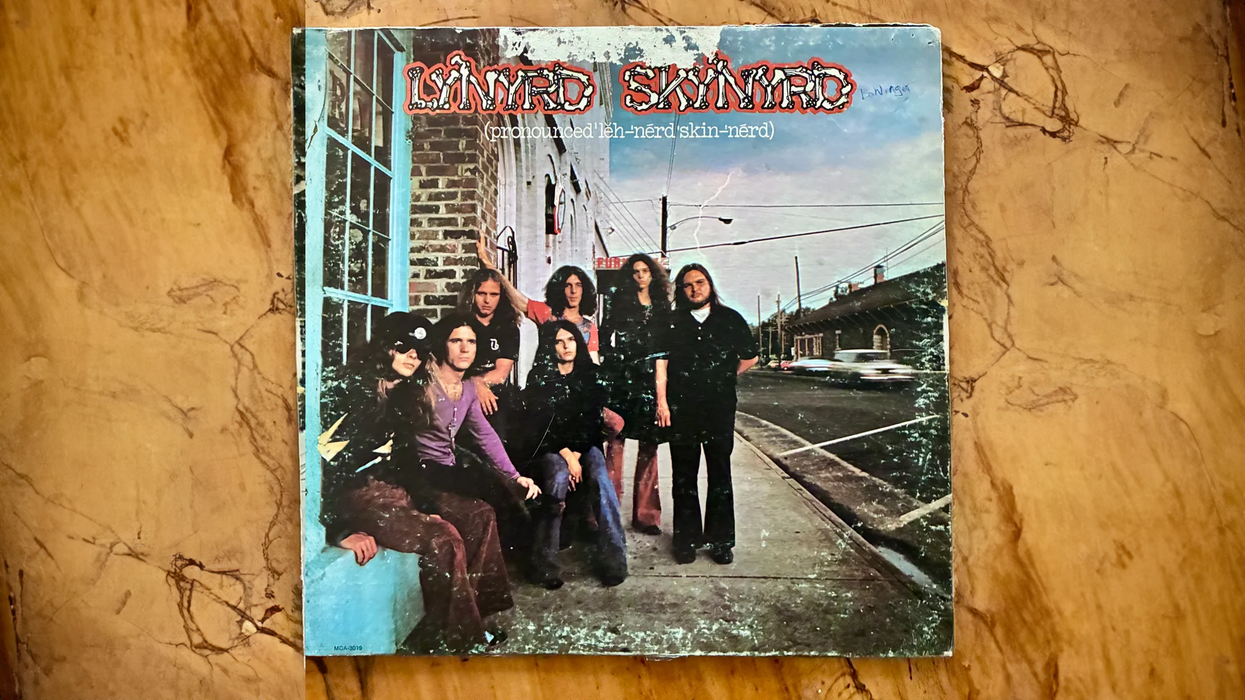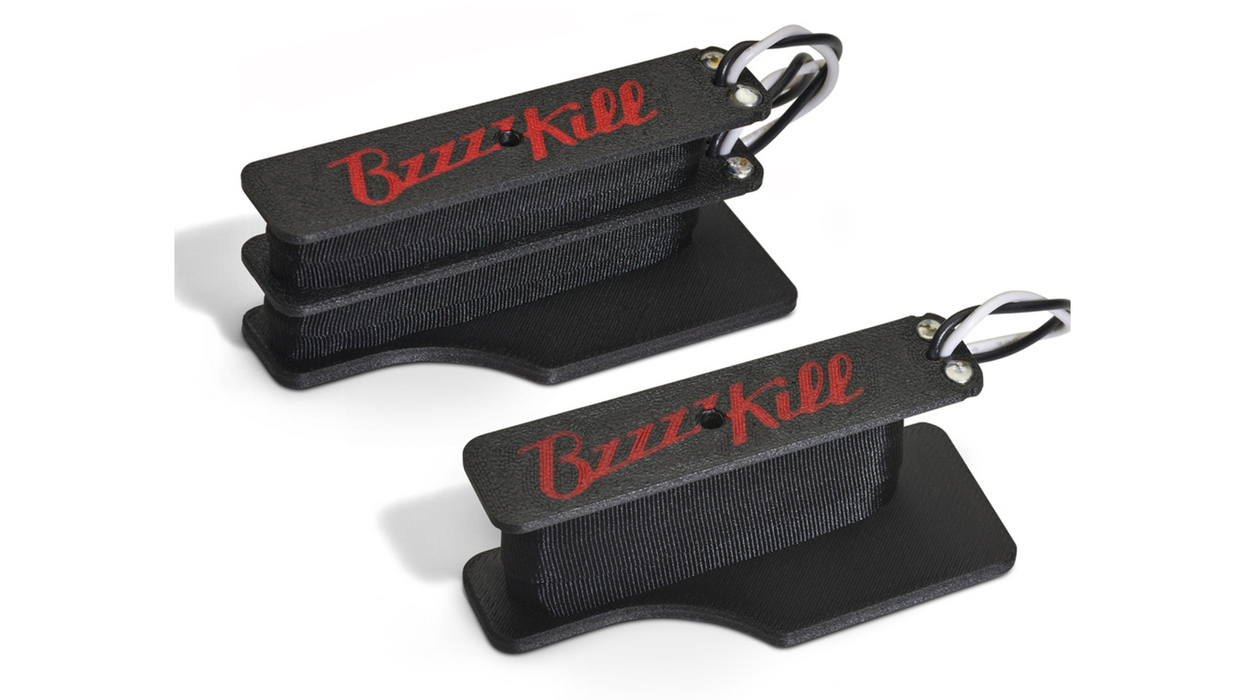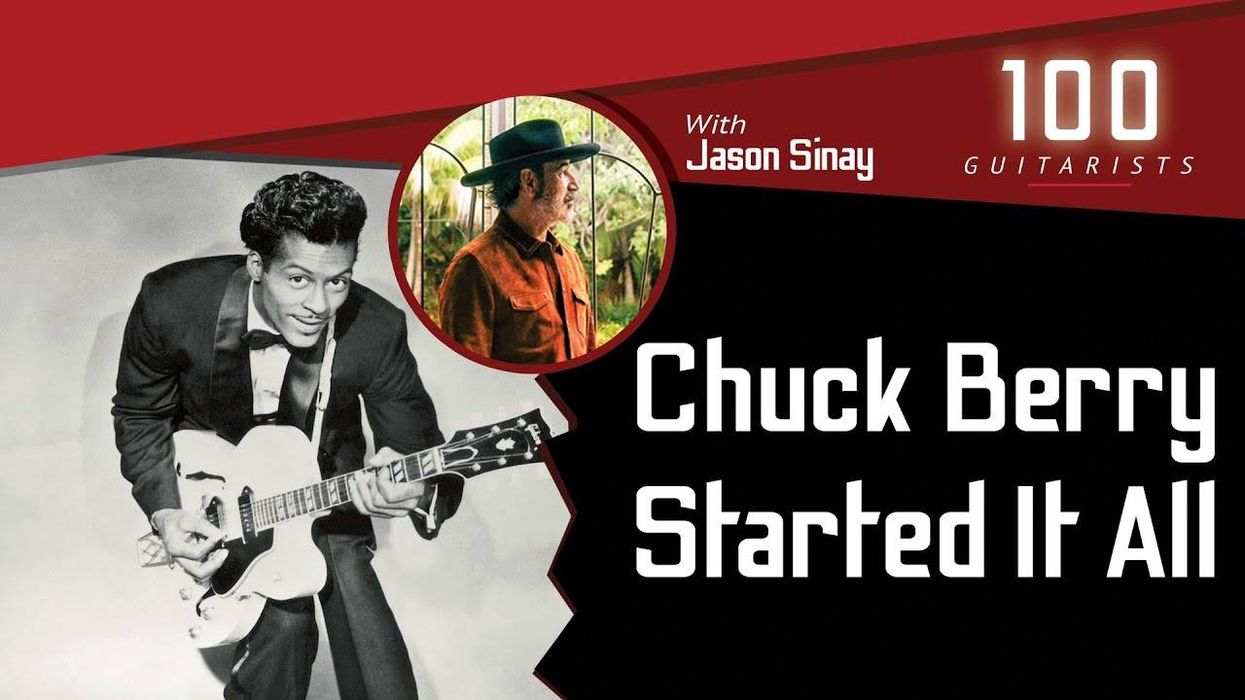Recorded direct into Focusrite Saffire 6 interface into MacBook Pro using Logic.
Clip 1: Bridge pickup soloed with slight bass boost.
Clip 2: Both pickups engaged with EQ flat.
Clip 3: Neck pickup soloed EQ flat.
RatingsPros:Fast neck. Clean tone. Wallet-friendly price. Cons: Minor build issues on test bass. Street: $549 Spector Legend 4 Standard spectorbass.com | Tones: Playability: Build/Design: Value: |
It’s been over four decades since Stuart Spector enlisted Ned Steinberger to design the NS bass, and, since then, the ergonomic instrument style has been offered in a multitude of options and price points. The company’s latest twist on the lauded template is an upgrade to their Legend 4 Standard, providing frugal musicians a taste of Spector’s approach to the 4-string.
Making a Legend
Essentially, the built-in-Asia Legend 4 Standard is a bolt-on version of Spector’s NS-2. Spector enhanced this latest iteration with a carved-ash body and topped it with flame maple. The 24-fret neck also received an upgrade in the form of maple and padauk. Amara, a species of ebony, is the fretboard wood.
Spector basses have come with a variety of electronic packages (notably EMG, Bartolini, and Aguilar pickups), but the company opted for a proprietary P/J set for the Legend 4 Standard. The split-coils are installed in a traditional configuration—with the bass side closer to the neck and treble side closer to the bridge—as opposed to the NS-2’s reverse orientation. Powering the pickups is a 2-band preamp. The active system has dedicated volume controls for each pickup, along with bass and treble controls for 12 dB of boost or cut.
Additional features include a locking hi-mass bridge, graphite nut, and die-cast tuners. Our test bass came dressed in a cool black stain, but the Standard can also be had in blue, black cherry, and tobacco sunburst, all with high-gloss finishes.
Standard Jams
Not only does the Standard have cool styling, but it lives up to its NS counterparts ergonomically as well. In a seated position, our test bass was motionless, balancing perfectly on my thigh. And when strapping the Standard to my body, it hung just right at my preferred playing angle.
The Standard’s neck is impressive. Its 16" radius will please fans of Ibanez Soundgear basses, while the 1.57" nut should satisfy J-style disciples. Though the 24-frets made the bass feel longer in scale (it’s a conventional 34"), the Standard’s sleek neck design allowed me to maintain a relaxed fretting hand shape. Every note was easily accessible, and string skipping and arpeggios were accomplished with ease. As great as the neck felt, however, it was a touch disappointing to find a few rough frets, as well as loose washers on the tuning pegs, which rattled a bit while playing.
I plugged Spector’s latest into a Bergantino Forte HP, which was paired with a Bergantino HG410 cab. With both pickups engaged, the Standard’s electronics produced a clean tone with a piano-like timbre and just the right balance of lows and mids with a bell-like top end. The test bass also provided excellent sustain, which is not always the case with instruments at this price point. As I gradually turned up the bass control, the lows blossomed into a thick blanket of warmth. The treble control enhanced the finger attack nicely and introduced some higher midrange content to the ringing top end.
I also took the Standard to a show with a corporate band, which provided an ideal setting to assess its live tendencies. An Ampeg SVT-4 amp paired with an Ampeg 4x10 was the provided backline. The first tune was Journey’s “Don’t Stop Believing,” where I soloed the bridge pickup with a slight boost of the bass control for punch. The combination created a similar tone to Ross Valory’s, while the fast neck made the familiar bass line effortless to execute.
Meanwhile, the P-style pickup on its own was excellent for blues jams and old-school songs for the gig, and, with a big boost of the bass EQ, I concocted a killer tone for thump-y reggae. From punk to funk, the Legend had just the right tonal versatility and smooth playability to cover the wide-ranging styles.
The Verdict
Spector continues to expand (and improve) their bass offerings with the Legend 4 Standard. It has looks and tone that get pretty damn close to its spendier family members, but with a price point set at a penny under $550. Beginners would find it a great starter instrument, while seasoned players could employ it as a rugged workhorse. If you’re looking to break free from the usual vintage instruments and seeking a bass inspired from the creator of a modern classic, put the Spector Legend 4 Standard on your short list. You might find it strapped around your shoulder more often than not.








![Rig Rundown: AFI [2025]](https://www.premierguitar.com/media-library/youtube.jpg?id=62064741&width=1245&height=700&quality=70&coordinates=0%2C0%2C0%2C0)












 Shop Scott's Rig
Shop Scott's Rig


![Rig Rundown: Russian Circles’ Mike Sullivan [2025]](https://www.premierguitar.com/media-library/youtube.jpg?id=62303631&width=1245&height=700&quality=70&coordinates=0%2C0%2C0%2C0)












































